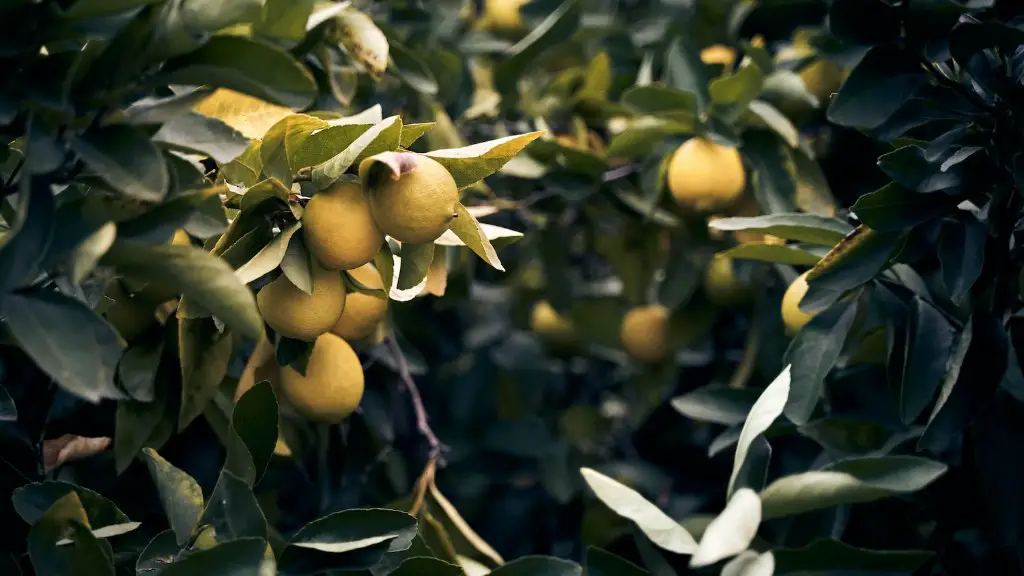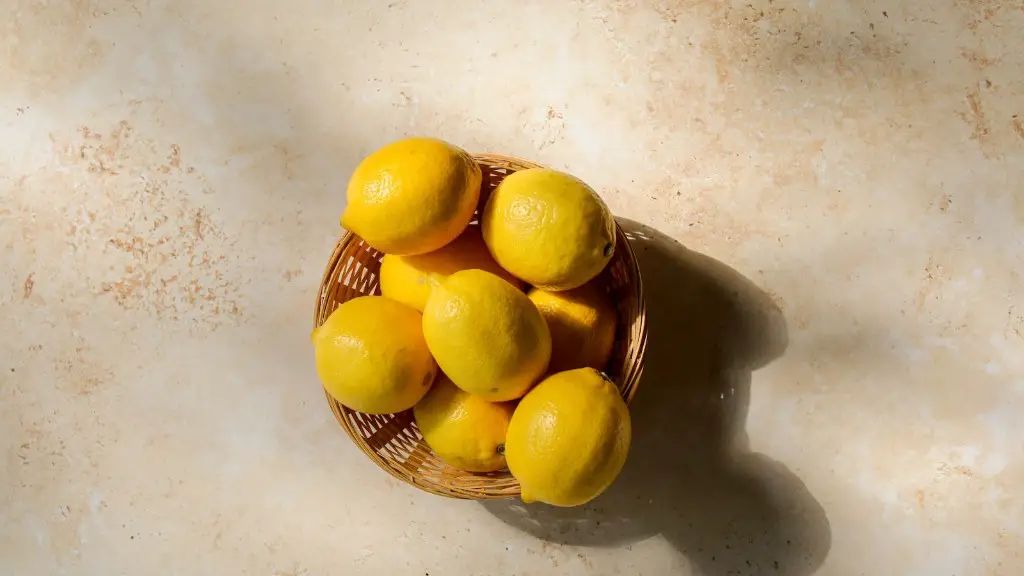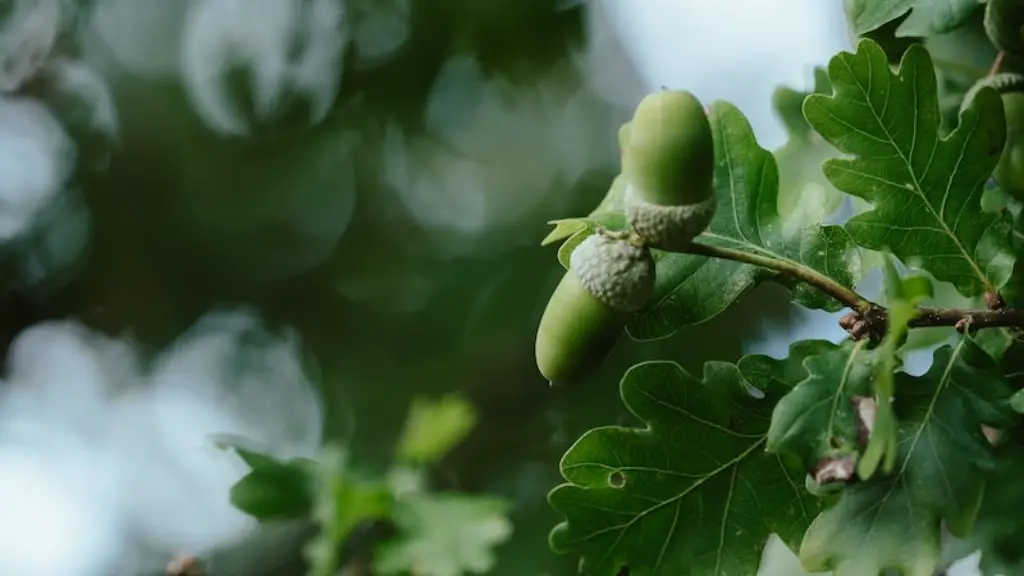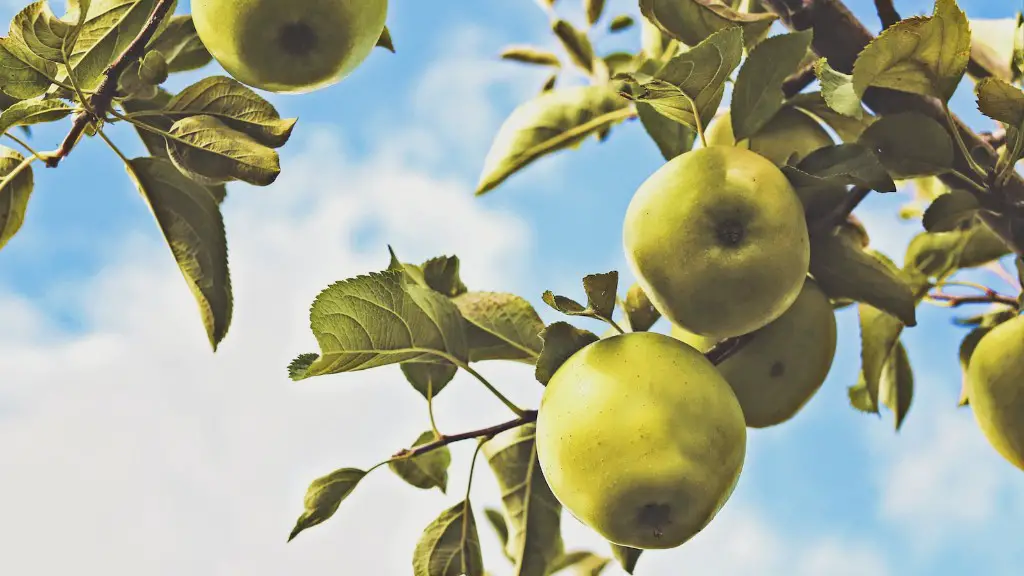Knowing how to prune a young meyer lemon tree is essential for achieving healthy and plentiful fruit production. Pruning is the removal of superfluous shoots and branches from the main tree structure and it enables the tree to maintain its shape as it continues to grow over time. In this article, we will explore the best pruning and training techniques for young meyer lemon trees for long-term health and fruit production.
Evaluating the Tree’s Needs
It is important to observe the overall structure of a young meyer lemon tree before pruning. Look at the branches, leaves and general shape of the tree to determine where and when pruning will be required. Also assess what properties your tree has that may need to be addressed like water imbalance, inadequate nutrition, pest infestation and more. This evaluation will form the foundation of your pruning plan.
Selectively Pruning New Growth
To keep your tree in good health and actively producing fruit, selectively prune growing shoots, roots and branches. If a branch is growing inward or outward in an undesirable manner, cut it back to its origin and direct the energy of new growth elsewhere. Thinning or cutting stems allows air circulation to assist in light diffusion, illness prevention and nutrient absorption. Make sure to use bypass pruning shears for the best effect.
It is crucial to never prune off more than one-third of the tree’s foliage in one pruning session as this can cause an undue strain on the tree’s resources. Ensuring adequate hydration and nutrition prior to pruning will help your tree to recuperate and replenish its resources after the cuts you make in the following weeks.
Managing the Tree’s Support Structure
Keep in mind that young meyer lemon trees require a secure, upright support structure while they establish their own strong trunk and branches. In order to achieve this, you must prune any shoots, branches and roots that are competing to be the primary leader and replace them with a stake, less dominant branches or a single leader branch of your choice.
Pruning at the Right Time of Year
It is best to avoid pruning a young meyer lemon tree in the middle of summer and winter since they are generally the least productive times of the year in terms of fruit production. Instead, focus on pruning between early spring and late summer as these are the most fruitful times for the tree and young growth. When cutting during these seasons, ensure you cut in an outward-facing direction and never prune off more than one-third of the tree’s foliage or growing stems at once.
Controlling Fruit Production Quantity
The young growth on the tree can be used to help control its own fruit production. By selectively pruning back growing stems and forcing the tree to focus more on root and branch development, you can limit the amount of fruit it produces in a single season. This method can also be used to prevent over-fruiting on young trees and save them from bearing significantly fewer fruits over time.
Curving Branches
Meyer lemon trees have naturally ascending branch structures that can be easily curved into downward-facing shapes without the aid of artificial post or support systems. This can be done through selective pruning and the judicious application of force, manipulating the shape of the branching structure however you desire. When done correctly, this technique will promote greater fruit production and even ripening of the fruits. Just make sure you never pull or push too hard or the branch may break.
Limiting Water Stress
It is important to keep a young meyer lemon tree well-hydrated during periods of pruning to limit any water stress that might occur. This can be done by providing a consistent and well-controlled flow of clean, fresh water at regular intervals. Also, avoid pruning in excessively hot climates where the tree might dehydrate faster as a result.
Releasing Mature Lemons
You must manually release mature meyer lemons from their stems once they ripen to reduce any future over-fruiting and allow the tree to focus energy on future production. This involves gently pruning off the ripened fruit or branches that hold them. However, make sure you don’t cut off too much foliage in a single session as this could damage the tree’s production capability.
Minimizing Pruning Damage
Take extra care during the pruning process to minimize any potential damage to the tree’s structure. This includes using quality pruning tools that are sharp and easy to manipulate, and pruning off shoots and branches slowly and gradually one at a time.
Balancing Pruning with Fertilizing
It is important to avoid over-fertilizing a young meyer lemon tree as this can encourage excessive growth and limit production. Instead, apply a balanced fertilizer every few weeks so that the fruit production is not unnecessarily encouraged while maintaining an adequate level of nutrition and resource replenishment. This will also ensure the tree remains healthy and strong during the pruning process.
Preventing Disease
Pruning a young meyer lemon tree can open it up to various pest and disease attacks in the weeks that follow. To prevent any such occurrences, ensure that you disinfect pruning tools after each use and use protective coverings such as fabric sheets or protective sprays to ward off further pests or diseases during and after pruning.
Maintaining Appropriate Light and Shade
When it comes to a young meyer lemon tree, providing and maintaining the right amount of light and shade is essential. Ensure that the tree is in direct sunlight at least four to five hours a day and supplement the rest with gentle and even shades of indirect sunlight. If available, using a net or sunshade could be more beneficial than simply keeping the tree in the shade entirely.
Considering Pruning Alternatives
There are alternative pruning methods available when it comes to training a young meyer lemon tree that don’t involve outright cutting. One method is to manipulate the shape of the tree through softly bending or by tying off the main stems to a fixed post or armature. This can be a gentler approach for the young tree, although it needs to be done with care and patience to ensure there is minimal damage in the process.
Focusing on Long-term Benefits
Finally, it is important to remember that pruning a young meyer lemon tree is important for its long-term health, fruit production and overall structure. Pruning will help the tree become more resistant to pests and diseases, produce better fruits and make more efficient use of limited resources like water and sun. So, take your time and prune with purpose to achieve these long-term benefits in the future.



